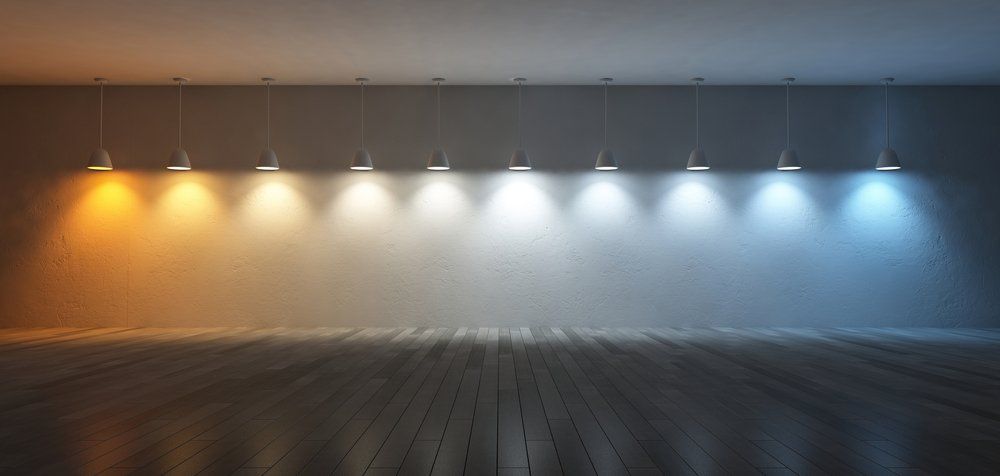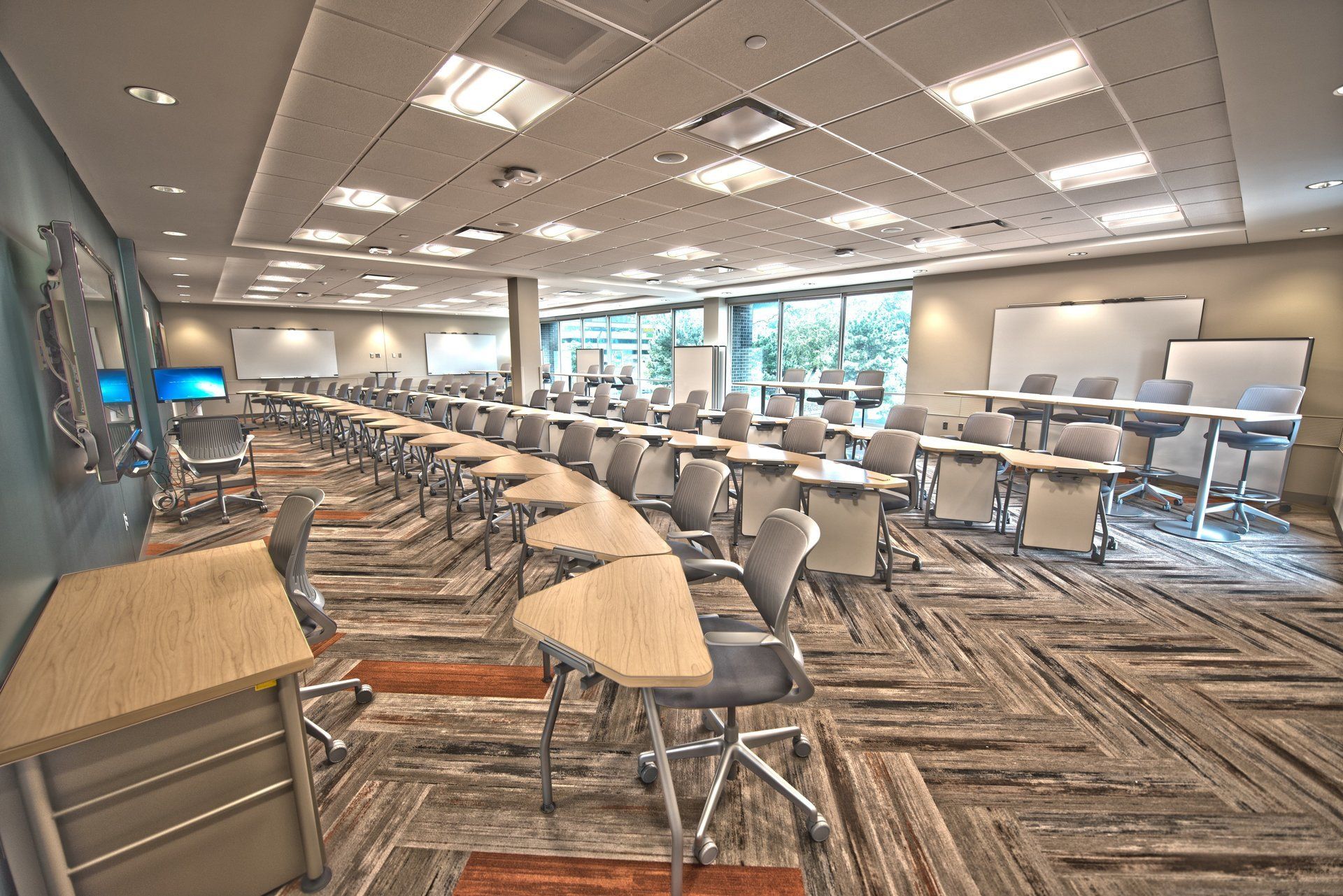Why start with your lighting?
Unlocking Savings and Sustainability: Why Lighting Upgrades Are the Brighter Path to Reduced Energy Costs
In today's world, where energy efficiency is not just a choice but a necessity, building managers and homeowners alike are constantly seeking ways to reduce their energy consumption and environmental impact. While there are numerous approaches to energy conservation, one often overlooked yet highly effective method is to start with a building's lighting system.
Lighting: The Low-Hanging Fruit of Energy Efficiency
Lighting accounts for a significant portion of energy consumption in both residential and commercial settings. In the United States alone, lighting consumes around 15% of the total electricity used in commercial buildings and 12% in residential buildings. This translates into substantial energy costs and a significant environmental footprint.
Upgrading a building's lighting system to energy-efficient technologies, such as LED lights, can yield immediate and significant energy savings. LEDs consume up to 80% less energy than traditional incandescent bulbs, and they last significantly longer, reducing the frequency of replacements and associated costs.
Ease of Implementation and Cost-Effectiveness
Replacing outdated lighting fixtures with energy-efficient LEDs is a relatively straightforward process that can be completed quickly and efficiently. This makes lighting upgrades one of the easiest and most cost-effective energy conservation measures available.
The initial investment in LED lighting may seem higher than traditional options, but the long-term savings on energy costs and maintenance expenses make this investment well worthwhile. Additionally, many government programs and incentives exist to support the adoption of energy-efficient lighting solutions.
Immediate Impact on Energy Consumption and Sustainability
The impact of lighting upgrades on energy consumption and sustainability is immediate and noticeable. Switching to LED lights can instantly reduce a building's lighting energy consumption by up to 80%, leading to significant savings on energy bills.
Moreover, LEDs have a longer lifespan than traditional bulbs, reducing the frequency of replacements and the associated disposal of hazardous materials. This contributes to a smaller environmental footprint and a more sustainable approach to lighting.
Enhancing Building Quality and Occupant Well-being
Beyond energy savings and sustainability, LED lighting offers additional benefits that enhance the overall quality of a building and the well-being of its occupants. LEDs produce a more natural and consistent light quality, reducing eye strain and improving productivity. They also generate less heat, reducing the burden on cooling systems and contributing to a more comfortable indoor environment.
Lighting Upgrades: A Bright Step Towards a Sustainable Future
In the pursuit of energy efficiency and sustainability, starting with a building's lighting system is a strategic and effective approach. By replacing outdated lighting fixtures with energy-efficient LEDs, buildings can achieve immediate and significant energy savings, reduce their environmental impact, and enhance the quality of the indoor environment. As the world transitions towards a more sustainable future, lighting upgrades stand as a bright and impactful step in the right direction.
When it comes to reducing building energy costs, starting with lighting is a no-brainer. At NE Energy Audit, we specialize in conducting energy audits and providing recommendations for the best lighting products that will have the most impact on your bottom line. Why lighting? Well, it's simple - lighting accounts for a significant portion of a building's energy consumption. By upgrading your lighting, you can experience immediate savings and start seeing the difference on your energy bills.



